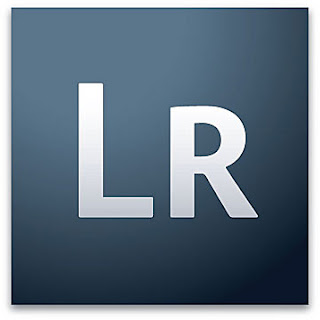
A smarter and safer approach to Adobe Lightroom.
Don’t be afraid of the “Catalog”!
So as long as I have been a Lightroom evangelist (and I have been there since the beta 1 version) I have failed to step back and look at the big picture. I was previously using one large catalog to store all my work. All the while I was noticing that LR was running slower and slower despite all my efforts to speed it up. When you are up in your neck in work it tends to get harder to make better judgements about your workflow. Consider it an investment.
There it is. I have said it. I WAS WRONG!
Deeeeeeep breath......I WAS A LIGHTROOM ABUSER.
As awesome as Lightroom is at high speed/high volume workflows (and it IS AWESOME), clumping large volumes of work into one catalogue can have near fatal consequences.
The other problem here, and I saw this happening first hand on a screamer of a system, is that your system will continue to get slower and slower as the catalogue gets larger and larger. I could see it happening, but without any strategy or a better understanding about the catalogues I had no idea how to remedy the issue.
I have Tim Riley from RRG Keys to thank for making stop for a minute look at what I was doing.
Database files can and do corrupt. In certain cases, even though your original files will always be there, you can loose all the work you have done on them through Lightroom (knock on wood).
In the pursuit of the high speed workflow as well as a sound and safe one, a set group of procedures are needed here.
If you shoot very small volumes, then this may not be so much of an issue for you though you should look very closely at the principals here as you don’t want to find this out the hard way 10 years down the road.
As Gail and I are wading through 50,000+ images per year using this new process is essential to maintain the speed of our workflow as well as the protection of the time we put into it.
In short, create a new catalog file for each job.
If you shoot less volume, then you could consider making a catalogue for each month of the year, one for each type of work you do et… You must still remember to back-up the catalogue files every so often. Yes yes, this is the window that we click “skip” on everytime. It is infact trying to protect you. This will create a back-up of the cat file at that tim to another location. This will give you restore points if you will. It would be a good idea to do this to en external in case of a system failure.
Creating a catalogue file for each job has advantages. Safer, faster, multi-user access (though, simultaneous access, not yet)and pack and go capability (drop the folder into your laptop and finish the job on the road).
One hang up that I had a hard time dealing with was the losing the ability to look at all your best work from one Catalogue. Well, there are a couple of answers to that issue. One approach is to export your favorites from each job to specific folder. You then create a new "Favorites Catalouge" and set that folder up to be “watched” by that catalogue and then enable the auto-import setting. As long as you Export the favorites from each job to that watched folder, everytime you open the catalouge, those images will then be pulled in.
You can further enhance this by creating smart collection within this favorites catalogue and you can have Lightroom do most/all the work for you.
We will discuss more about good foldering systems later.
Bye for now, fel free to comment.



